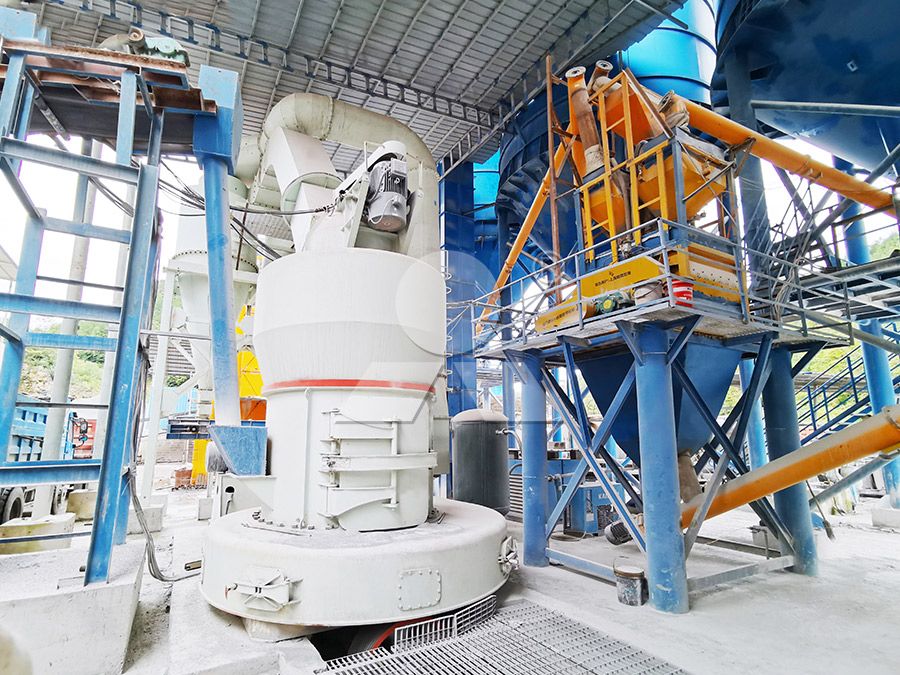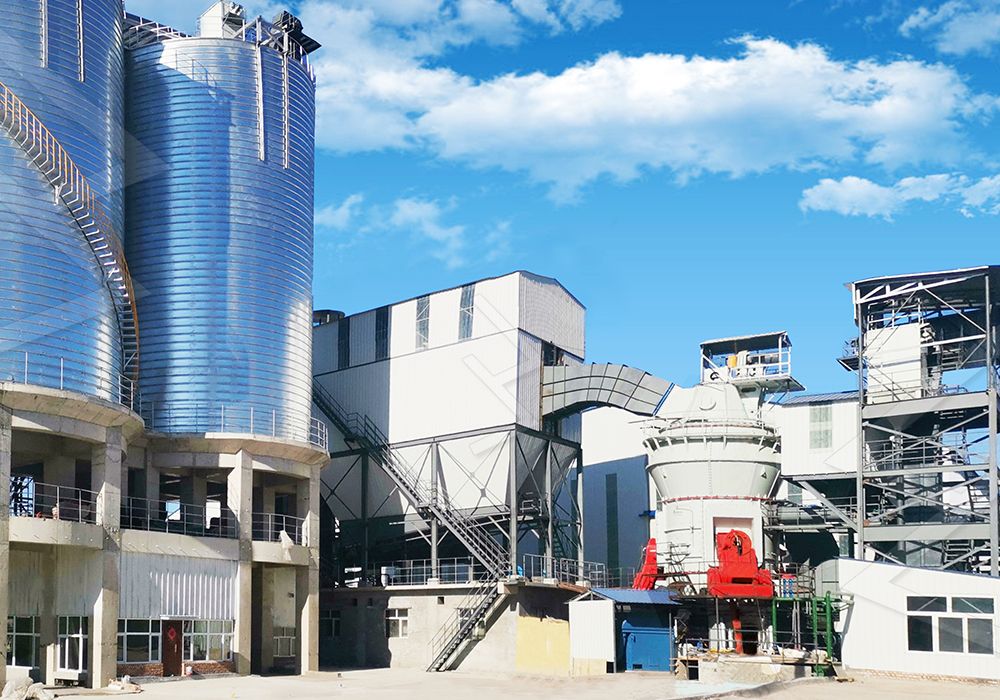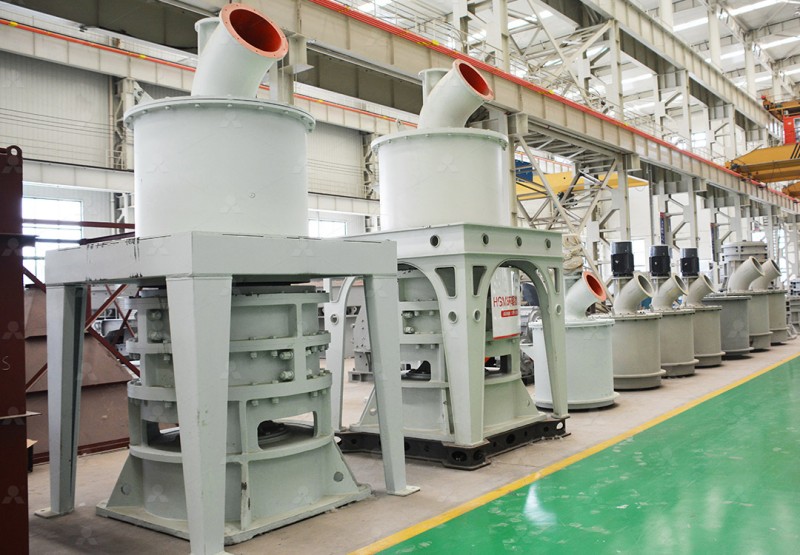Raymond Mill vs. Vertical Roller Mill: Which is Better for Your Grinding Needs?
Raymond Mill vs. Vertical Roller Mill: Which is Better for Your Grinding Needs?
When selecting grinding equipment for mineral processing operations, professionals often find themselves weighing the merits of Raymond Mills against Vertical Roller Mills (VRMs). Both technologies have established themselves in various industries, but they serve different operational priorities and production requirements.
Understanding the Core Technologies
Raymond Mill, the traditional workhorse of grinding systems, operates on the principle of centrifugal force-driven grinding rollers rotating against a stationary grinding ring. Materials are fed through a central hopper and ground between these components before being air-classified. This proven technology offers simplicity and reliability, with capacities typically ranging from 0.6-5 tph and handling materials up to 25mm in size.
Vertical Roller Mills represent a more modern approach, integrating crushing, grinding, drying, classification, and conveying in a single compact unit. VRMs utilize hydraulically-loaded grinding rollers that compress materials against a rotating grinding table, with immediate classification occurring within the mill housing. This integrated approach often results in higher efficiency and lower energy consumption per ton of processed material.

Key Operational Considerations
When evaluating these technologies, several factors demand careful consideration:
Energy Efficiency: VRMs typically demonstrate 30-50% lower energy consumption compared to traditional grinding systems, including Raymond Mills. The integrated grinding and drying capabilities, combined with more efficient material transport within the mill, contribute significantly to these savings.
Floor Space Requirements: Vertical Roller Mills boast a considerably smaller footprint, often requiring only 50-70% of the space needed for equivalent-capacity Raymond Mill systems. This compact design becomes particularly valuable in space-constrained facilities or when retrofitting existing operations.
Product Quality Control: VRMs offer superior control over product fineness and particle size distribution through advanced separator technology and more precise grinding pressure control. The shorter material retention time in VRMs also reduces overgrinding and maintains better product characteristics.
Maintenance Considerations: Raymond Mills benefit from simpler mechanical designs with readily accessible components, while VRMs offer features like reversible roller systems that facilitate maintenance without complete disassembly.

Advanced Solutions for Modern Grinding Requirements
For operations requiring ultra-fine powders with precise particle size control, neither traditional Raymond Mills nor standard VRMs may provide the optimal solution. In these cases, specialized equipment like our MW Ultrafine Grinding Mill delivers exceptional performance where conventional technologies reach their limitations.
The MW Ultrafine Grinding Mill represents a significant advancement in fine powder production, capable of achieving fineness between 325-2500 meshes with screening rates reaching d97≤5μm in a single pass. With an input size capacity of 0-20 mm and throughput ranging from 0.5-25 tph, this system combines the precision of advanced German cage-type powder selector technology with innovative mechanical design that eliminates rolling bearings and screws from the grinding chamber.
What sets the MW series apart is its remarkable efficiency – delivering 40% higher production capacity than jet mills and stirred mills at equivalent fineness and power consumption, while using only 30% of the energy required by jet grinding systems. The integrated pulse dust collector and noise reduction features ensure environmentally compliant operation, making it ideal for sensitive applications in chemicals, cosmetics, pharmaceuticals, and food additives where product purity and operational cleanliness are paramount.
For operations requiring robust performance with larger capacity requirements, our LUM Ultrafine Vertical Grinding Mill offers another compelling alternative. Combining latest-generation Taiwanese grinding roller technology with German powder separation expertise, the LUM series handles input materials up to 10mm with capacities reaching 5-18 tph. Its unique double position-limiting technology ensures operational stability, while the reversible structure simplifies maintenance procedures significantly.

Making the Right Choice for Your Operation
The decision between Raymond Mill and Vertical Roller Mill technology ultimately depends on your specific production requirements, material characteristics, and operational priorities. Traditional Raymond Mills continue to serve well in applications prioritizing simplicity and lower capital investment for standard fineness requirements. VRMs typically deliver better overall value for operations focused on energy efficiency, space optimization, and higher production volumes.
For operations demanding the highest levels of fineness control, product purity, and grinding efficiency, advanced solutions like the MW Ultrafine Grinding Mill provide a technologically superior alternative that transcends the conventional Raymond vs. VRM debate.
Frequently Asked Questions
What is the primary advantage of Vertical Roller Mills over Raymond Mills?
VRMs typically offer 30-50% lower energy consumption, smaller footprint (50-70% space savings), and integrated drying capabilities that make them more efficient for large-scale operations.
When should I consider a Raymond Mill instead of a VRM?
Raymond Mills remain preferable for operations with lower capacity requirements (under 5 tph), limited capital budget, or when processing materials that don’t benefit significantly from the advanced features of VRMs.
What applications are best suited for the MW Ultrafine Grinding Mill?
The MW series excels in producing ultra-fine powders (325-2500 meshes) for industries requiring high purity such as pharmaceuticals, cosmetics, food additives, and specialty chemicals where conventional grinding technologies cannot achieve the required fineness and product characteristics.
How does the maintenance requirement compare between these technologies?
Raymond Mills generally have simpler maintenance procedures, while VRMs offer features like reversible rollers that facilitate component replacement. The MW Ultrafine Grinding Mill reduces maintenance concerns by eliminating rolling bearings and screws from the grinding chamber entirely.
Can these grinding systems handle abrasive materials?
All three technologies can be configured with wear-resistant materials, but VRMs and specialized mills like the MW series typically offer better solutions for abrasive applications through advanced material technology and design features that minimize wear impact on operational efficiency.
